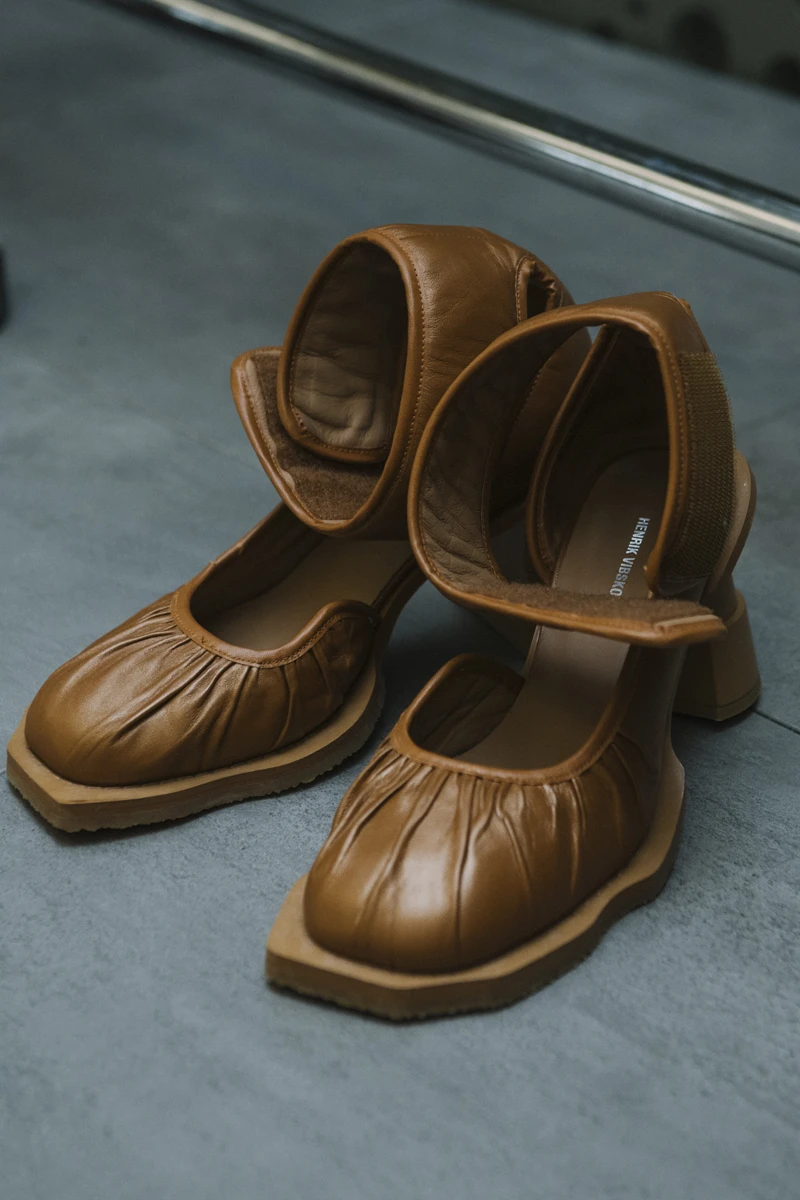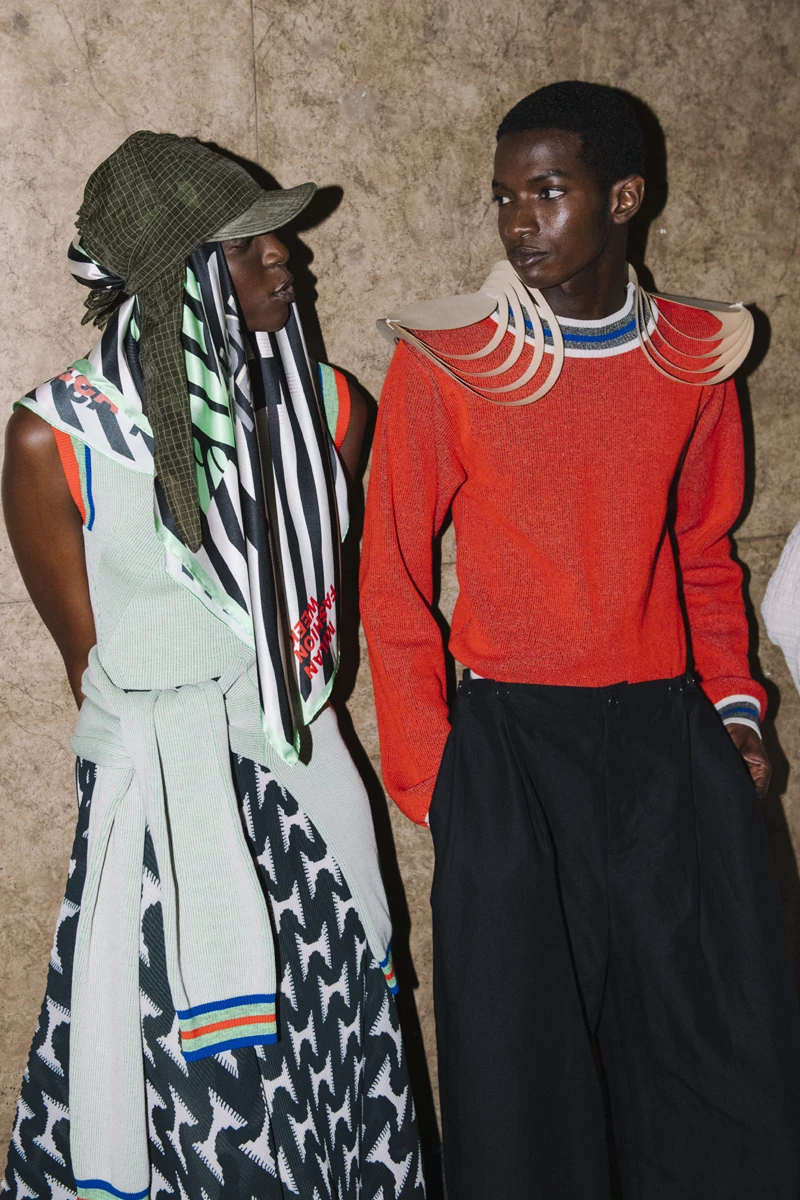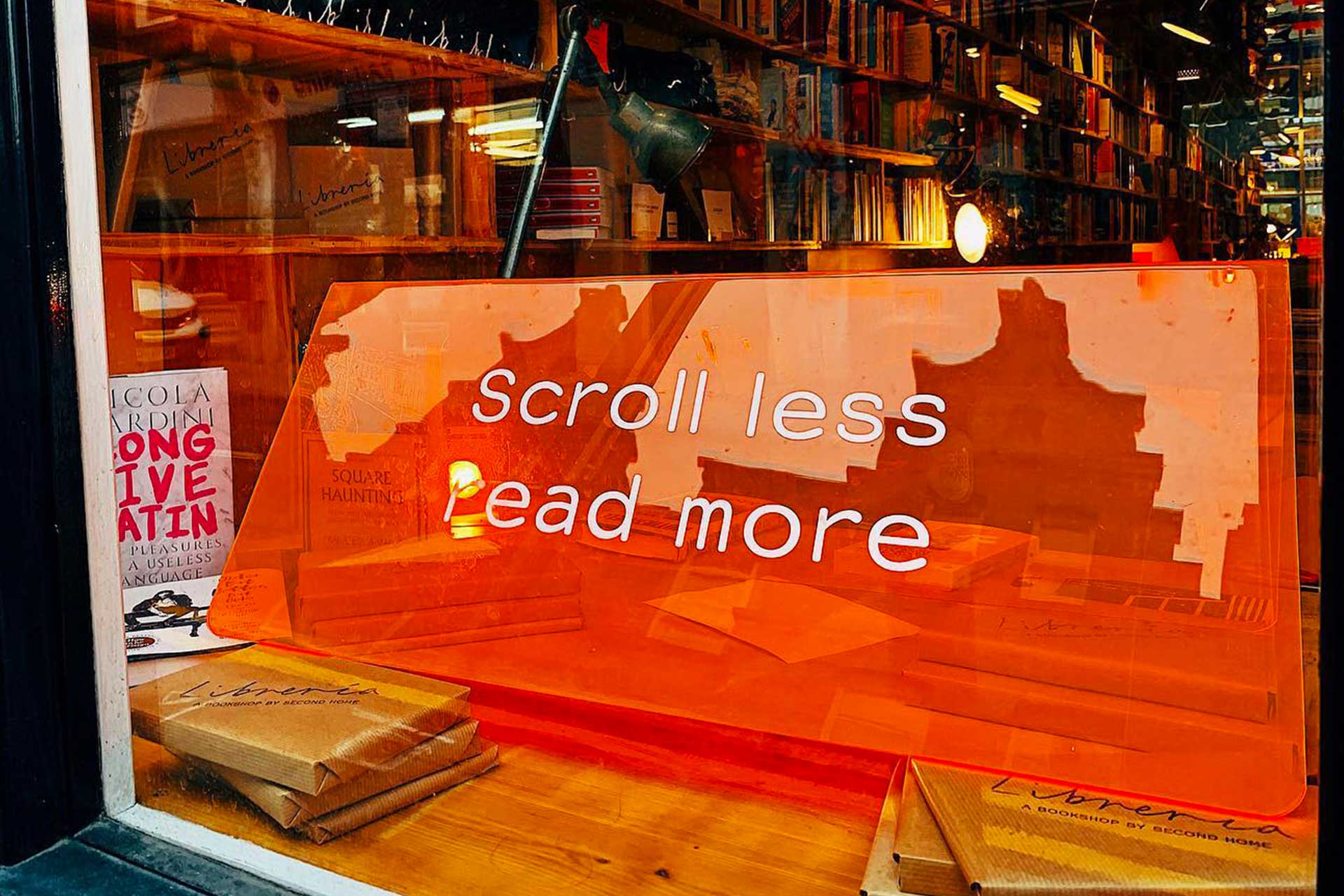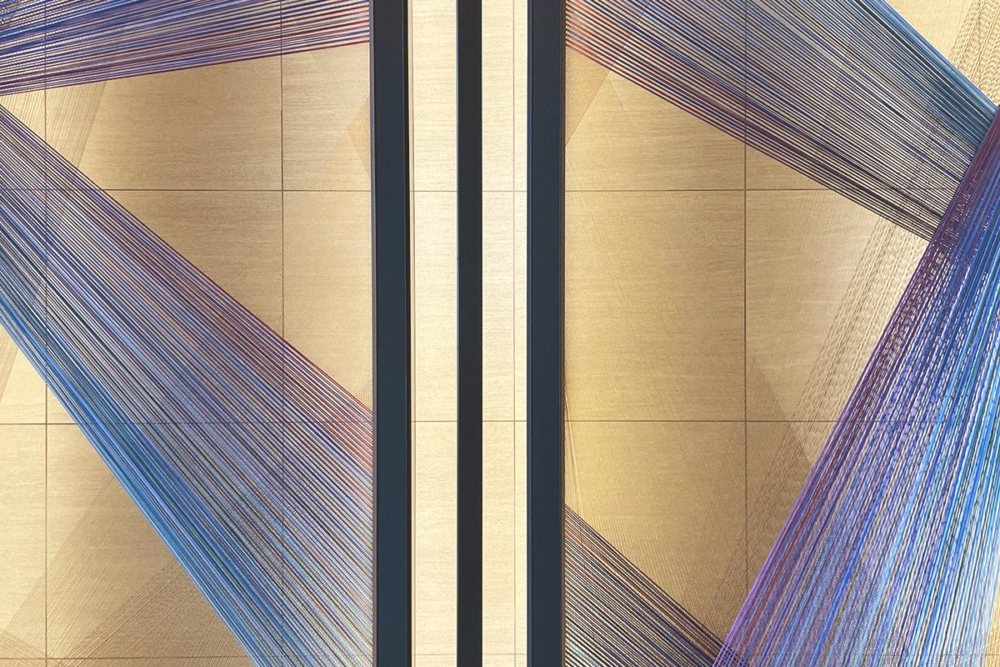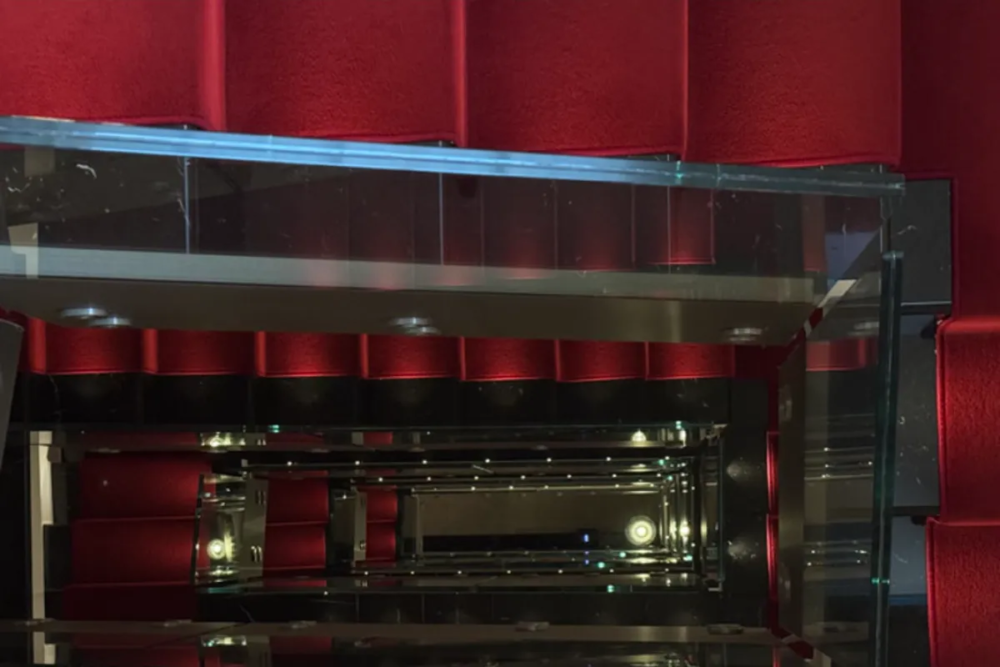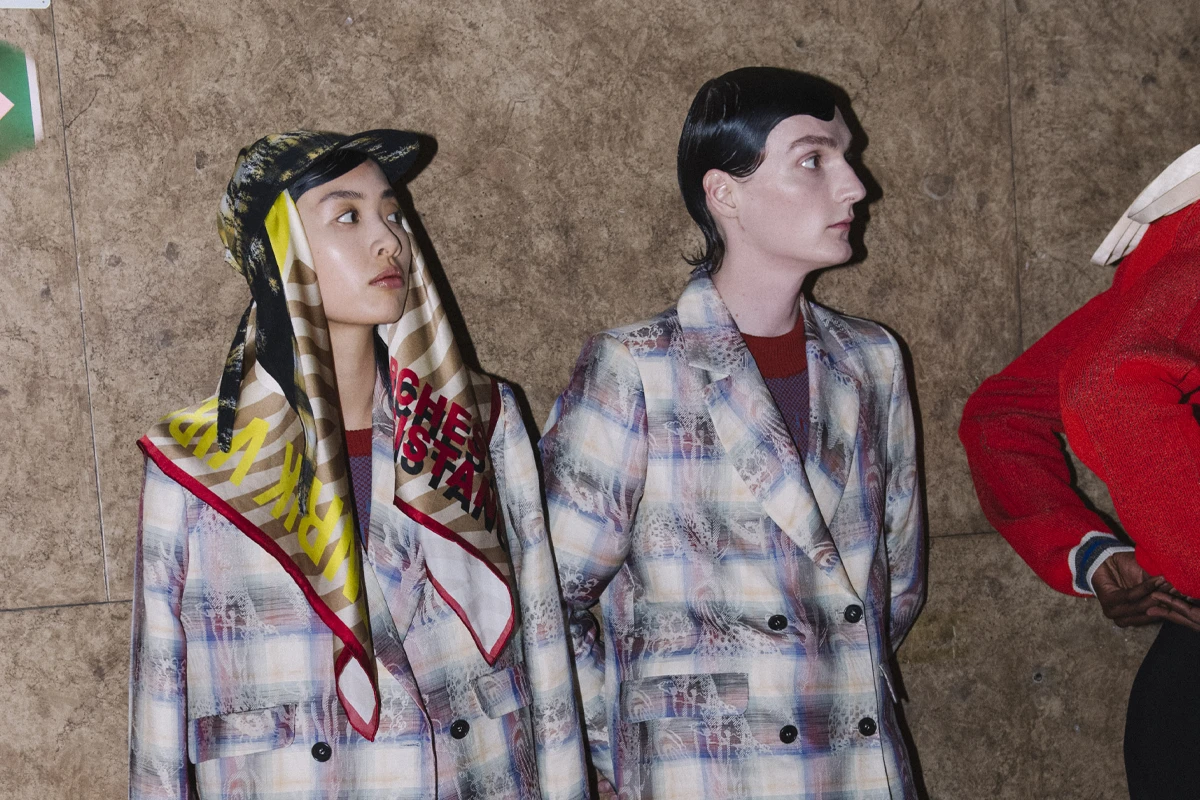
From Copenhagen to the World: How to Rethink the Role of the Fashion Fair
To tackle the pressing issues in fashion, collaboration will be key. Sofie Dolva, Director of CIFF, leads the work on strategic international partnerships, that brings the best of Denmark the rest of the world
The fashion circuit is once again about to start; weeks filled with fashion shows and the latest proposals are upon us. The first stop is in the Scandinavian fashion capital, Copenhagen. The city has in recent years established itself as one of the major fashion cities outside of the big four. A rigid sustainability agenda, a hotspot for upcoming talent, and a city that is fostering international collaboration and partnerships, with Copenhagen International Fashion Fair leading the way.
CIFF Goes Global: Expanding Beyond Copenhagen to Foster Creativity and Sustainability
During Copenhagen Fashion Week, brands are inviting the world to the Danish capital to indulge in its fashion and city; runways and showrooms are being organized all over town. An important component of the week is the trade show taking place at the same time: Copenhagen International Fashion Fair, more commonly referred to as CIFF. The trade show hosts 800 brands from all segments of fashion.
Besides its flagship event in Copenhagen, CIFF has also spread its wings and collaborated with international key players of fashion, such as the Council of Designers of America, Pitti Uomo, and Camera Nazionale della Moda Italiana. This helps its own smaller brands to connect with new markets and nurtures international collaborations that could further push sustainability agendas.
«We have tried to look at CIFF more as a community-based platform that can operate all year round instead of just twice a year. We have seen the needs from brands to help them more with the notching of buyers or if they are entering new countries that it might take some time and it’s not enough to just send lookbooks,» explains Sofie Dolva, Director of CIFF.
Sofie Dolva on Strategic Partnerships and Showrooms
Earlier this summer, the Danish trade show made international stints during the men’s fashion month — with Pitti Uomo in Florence, followed by Milan Fashion Week — CIFF organized showrooms together with participating brands to give them a taste of what the Danish fair is like.
The Scandinavian influence comes from newly established partnerships between the Copenhagen-based trade show and Pitti Immagine and Camera Nazionale della Moda Italiana, respectively (CIFF has been collaborating with Pitti Immagine for the last few seasons).
During Pitti Uomo — the biggest trade show in menswear — one pavilion was dedicated to Scandinavian fashion under the name Scandinavian Manifesto. In Milan, there was a showroom representing Scandinavia with the headline event being the presentation by the Danish designer, Henrik Vibskov.
During the showrooms in Italy, both smaller, more up-and-coming brands were represented, such as Molebo and Mark Kenly Domino Tan, combined with the more established likes of J.Lindeberg, Adnym, and CDPLP, among others. With more than 800 brands participating in the fair in Copenhagen, the curation of the international showrooms is meant to reflect a piece of the fair, either in terms of aesthetics or business models.
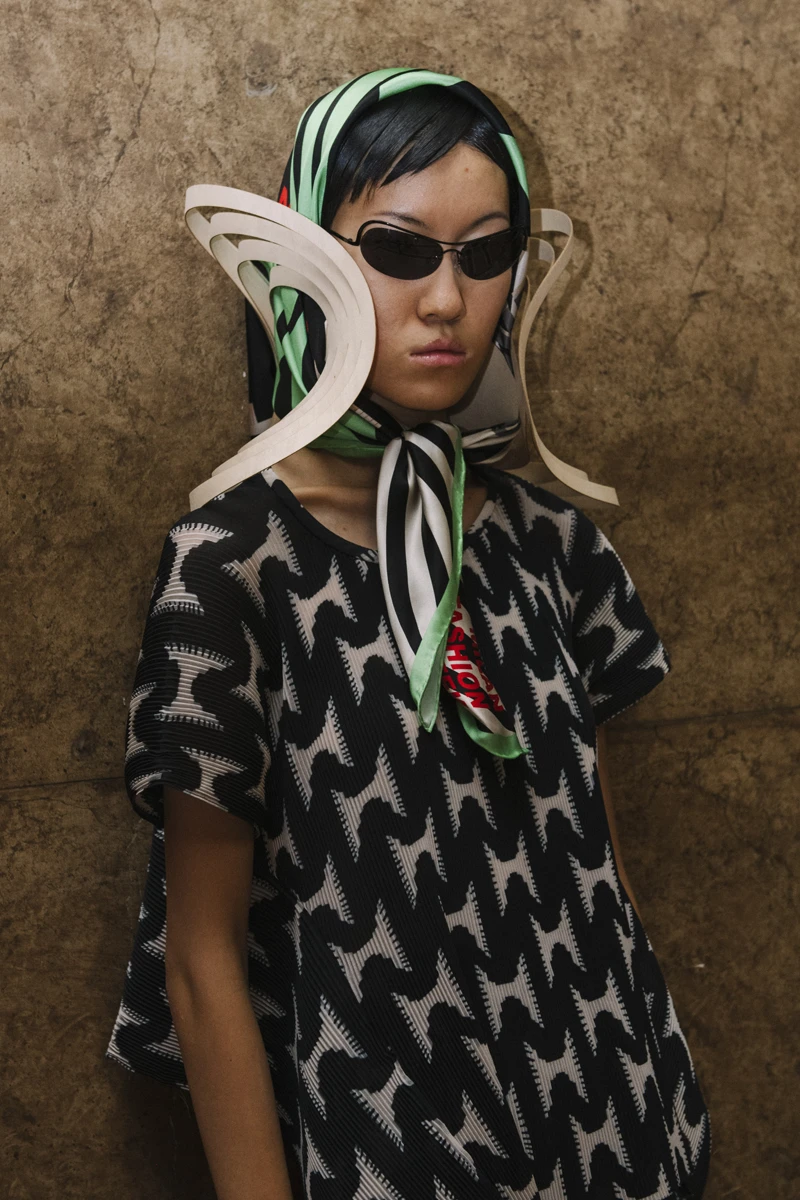
«The brands need to match the retail landscape, to create a dialogue in that regard. And then I think it’s more also conversation, when we speak with the brands, if there are some brands that say, ‘Okay, now we’re ready, we really want to reach the south European countries or now we’re ready for the US,’» Dolva says.
«It’s really a dialogue we have with the brands. And the reason why we’re having these dialogues is because we’re trying to work more strategically with the brands. Instead of just signing a regular square meter price season by season, we try to have a yearly agreement where we sit down and ask the brands, ‘What is the target, what is it that you want to achieve?’»
Henrik Vibskov’s Esoteric Showcase Highlights Scandinavian Creativity
During the showroom in Milan, the enfant terrible of Scandinavian fashion, Henrik Vibskov, held a presentation that was part of the official schedule. The Central Saint Martins alumnus has been showing his collections in Paris for about 20 years and has in the last seasons become a stalwart in Copenhagen. Vibskov, trained in fashion, has become famous for his mixed cultural approach, where collections are often presented in esoteric ways and draw from a wide plethora of inspirations.
«This collection is inspired by hands and the things we are doing with them. The concept started from when I got a call that I was being awarded a medal from the Royal Danish House. I was at the moment eating blue cheese and had it all over my hands. That got me reflecting on all the different ways we use our hands, » Vibskov describes the process of coming up with inspiration for the collection.
Vibskov and his unpolished Roughness
Vibskov works in many different fields, and his approach to doing things often goes outside of the expected.
«I always try to challenge my creativity and feed it by doing things that don’t really make sense. Currently, I am working on a project for a music festival in Denmark. I see myself a bit as a — in Danish we have this saying of being a Rasmus Modsat — which is a person that is always doing something different. I always like to question why we are doing things in a certain way, and if we could do it differently.»
To be Part of a Community is Key
The Nordics in general and Copenhagen in particular have become a hotspot for environmental sustainability within fashion. Once every year, industry leaders are gathered in the city for the sustainability conference, Global Fashion Summit, organized by Global Fashion Agenda. The organizer behind Copenhagen Fashion Week has imposed a sustainability framework that participating brands need to adhere to. It’s also home to some of the most innovative brands within the matter, like Isnurh, Aiayu, and Ganni. That is also reflected in the participating brands at CIFF, something which Dolva believes could be an exchange of knowledge when brands are showcased abroad.
«Building bridges with different countries helps both the Scandinavian brands in our community, but also the other way around. For instance, we have also built a bridge with the Council of Fashion Designers of America (CFDA) and New York Fashion Week. We are trying to merge American emerging designers and Scandinavian counterparts, so they can help each other out during the year.»
Creating Circular Economies Together
According to Dolva, the brands within the Nordic community have a deep understanding of how to work more circular and incorporate sustainable business models, which leads to further enhancing climate action solutions.
«The simplicity and the structure, and I think that what we see also with a lot of the new brands coming from the Nordic is that they have really good education within circular fashion. They are taking more responsibility. We especially saw that when we went to New York and had the merge of brands from America and the Nordics, it was very clear that we are ages ahead of them.»
CIFF takes place from the 7th to the 9th of August in Bella Center, Copenhagen.
Oliver Dahle

